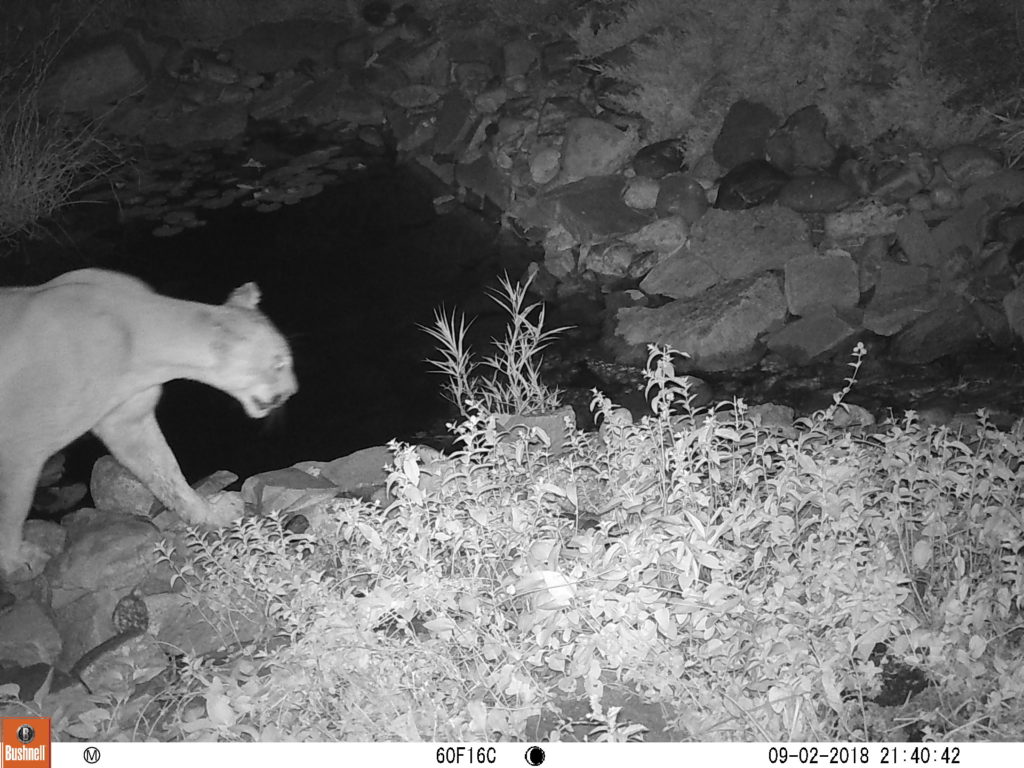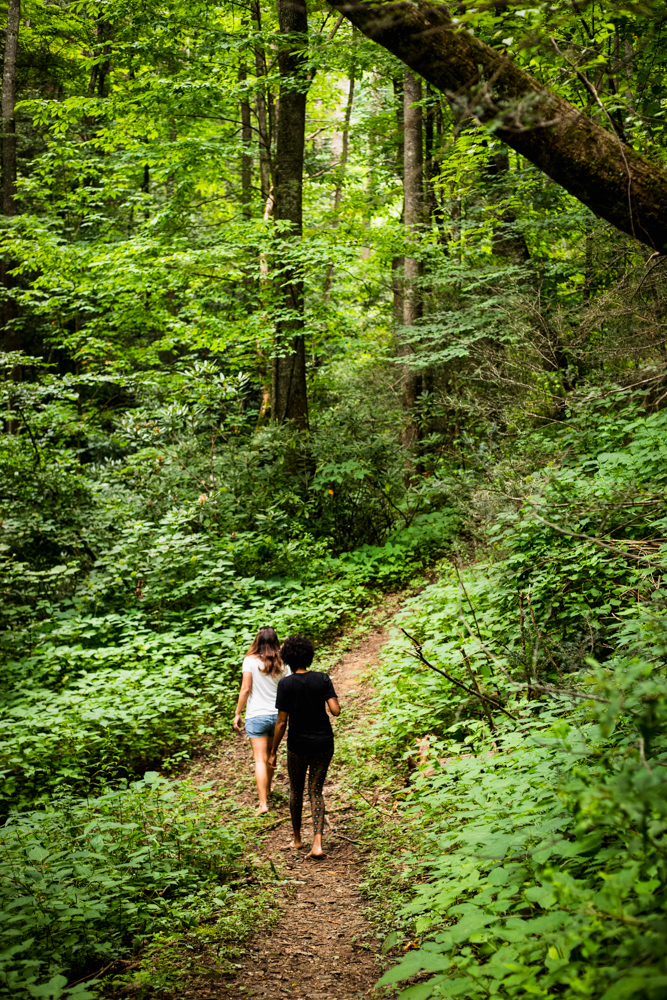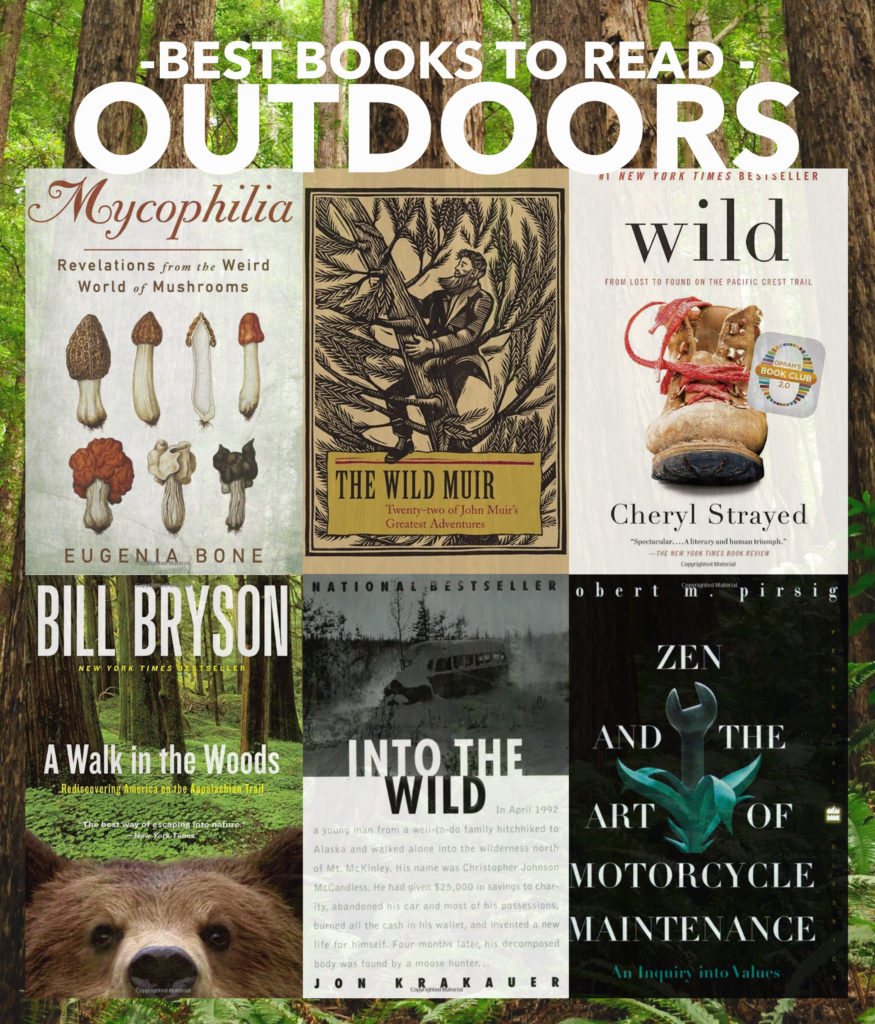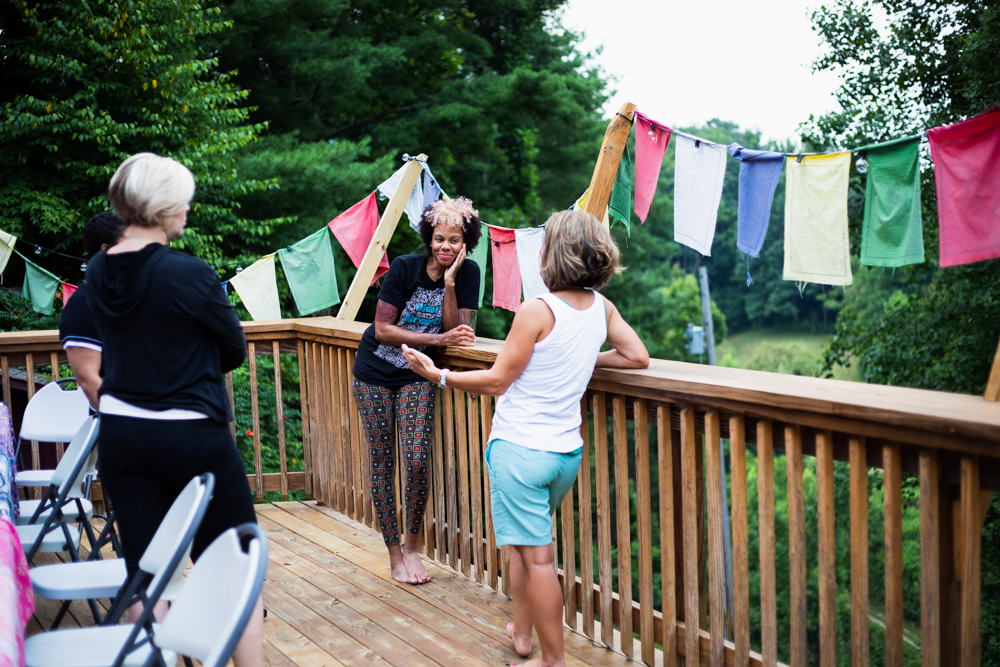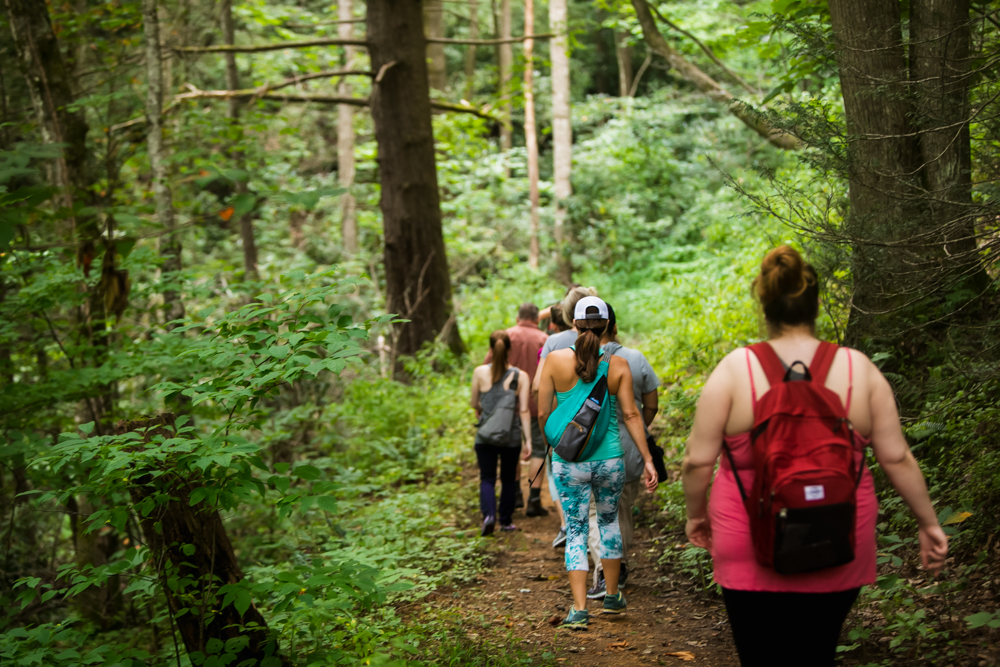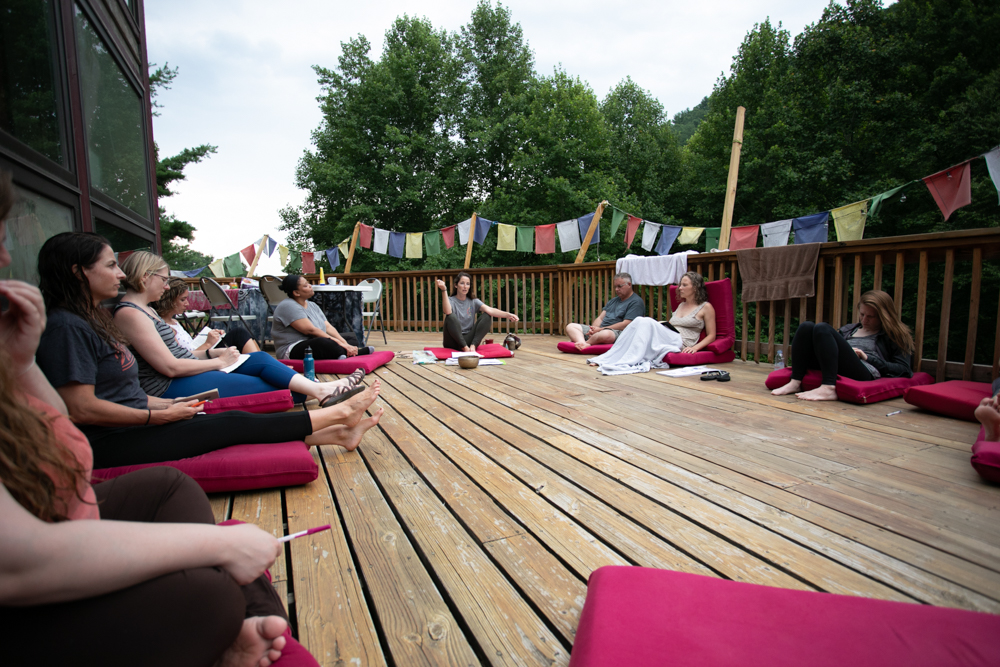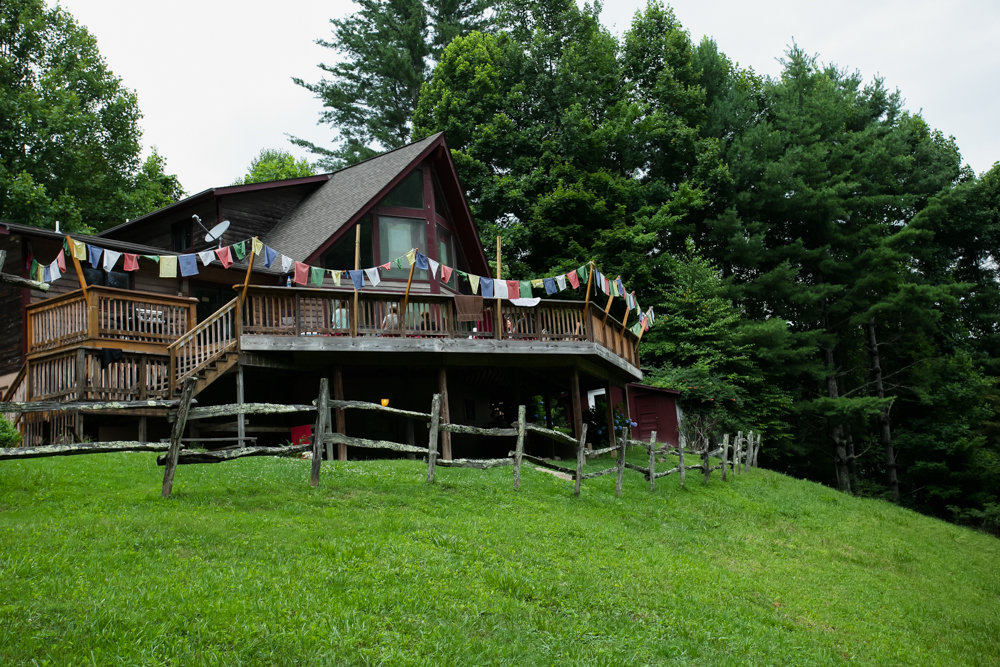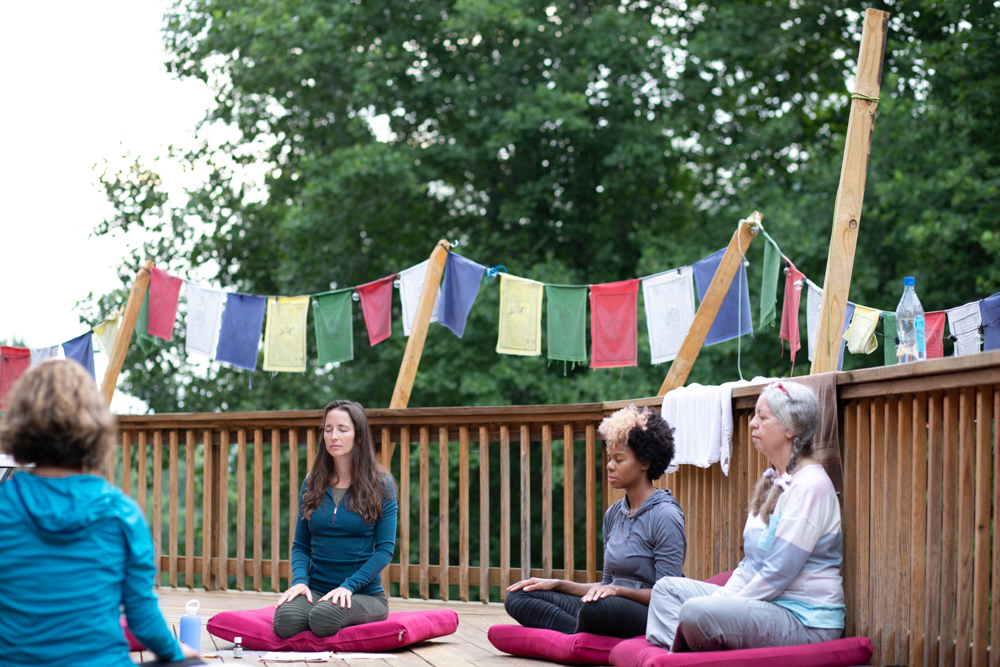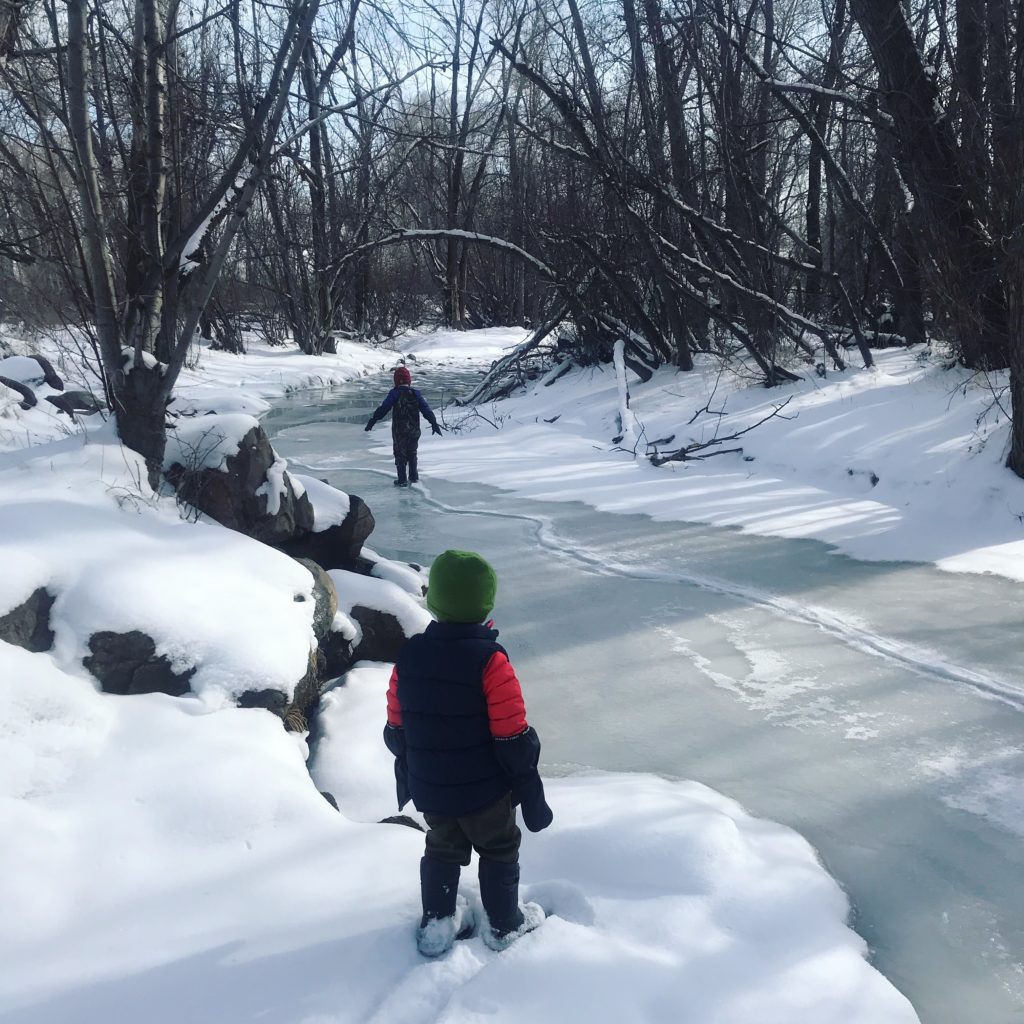Since the start of the year, we’ve been focusing on monthly initiatives. A theme that sets the stage for some of the posts we’ll be sharing throughout the month. In January, we focused on good habits. During February we kept those good habits going with a particular focus on taking care of our mental health. This month, we mentioned in the Monthly Welcome that we want to put the focus on relationships, and in particular, to something called “friendraising” like fundraising, but with friends, ya dig it?
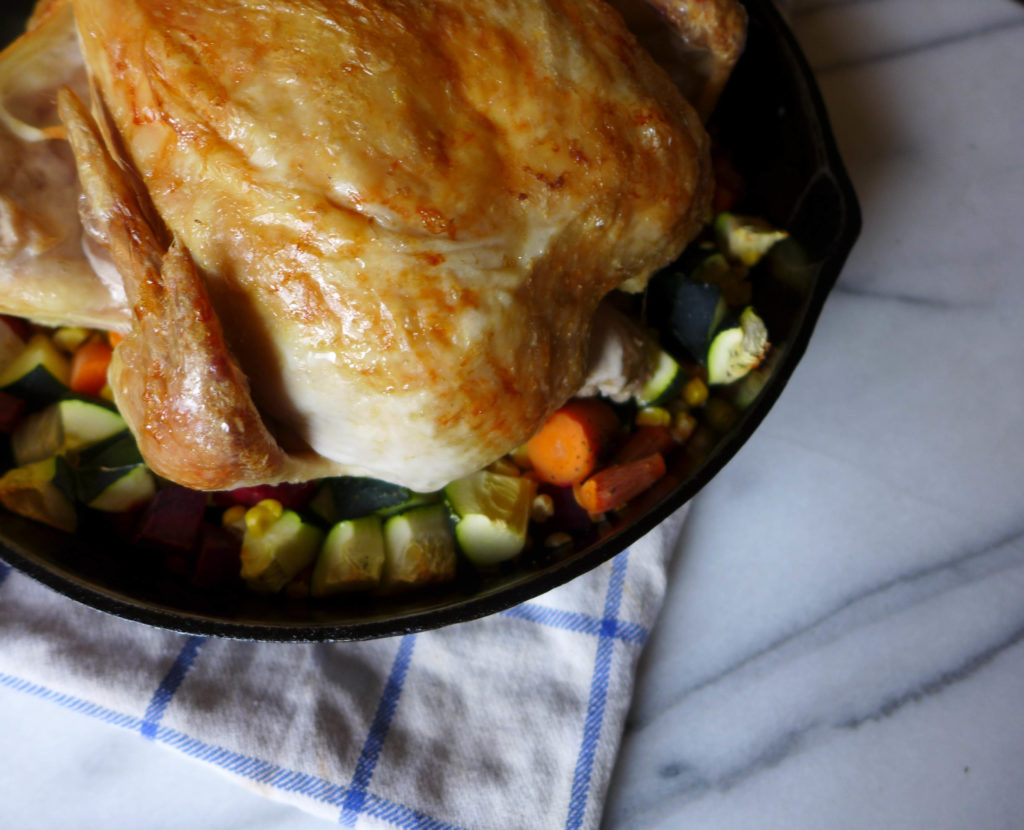
A Little Intro
The communities we love to insert ourselves into are usually built around shared interests: cooking, hiking, parents, etc. Normally we find out about these groups through friends, community calendars, our city’s free weekly paper, or the internet, and sometimes we start our own groups.
Sarah began this series by discussing how and why to start a meetup group, and I followed up with a discussion about starting a Facebook group. While those ideas may sound like on in the same, they actually served different purposes. Sarah’s group was used to primarily promote events that she was hosting, while my group was a forum for sharing events hosted by other area groups… and in those posts we explain why one forum may be better than the other for certain purposes.
Today I’m talking about a special kind of book club : a cookbook club! I’ve taken part in a cookbook club for a few years now, and it’s been a really great experience. Here’s what we do…

What’s a Cookbook Club?
A cookbook club is a potluck gathering where everyone attending prepares recipes from the same cookbook.
Our group meets approximately every two months. We rotate hosting duties. The host gets to pick the book and provides drinks. Sometimes the drinks compliment the book’s cuisine, other times it’s just wine and sparkling water.
Our group has a no-kids policy (little babies are obviously allowed). This makes for a more relaxing potluck, where you can enjoy the food and have a bit of conversation. About once/year there’s been a family-friendly event, but in general, it’s adults only.
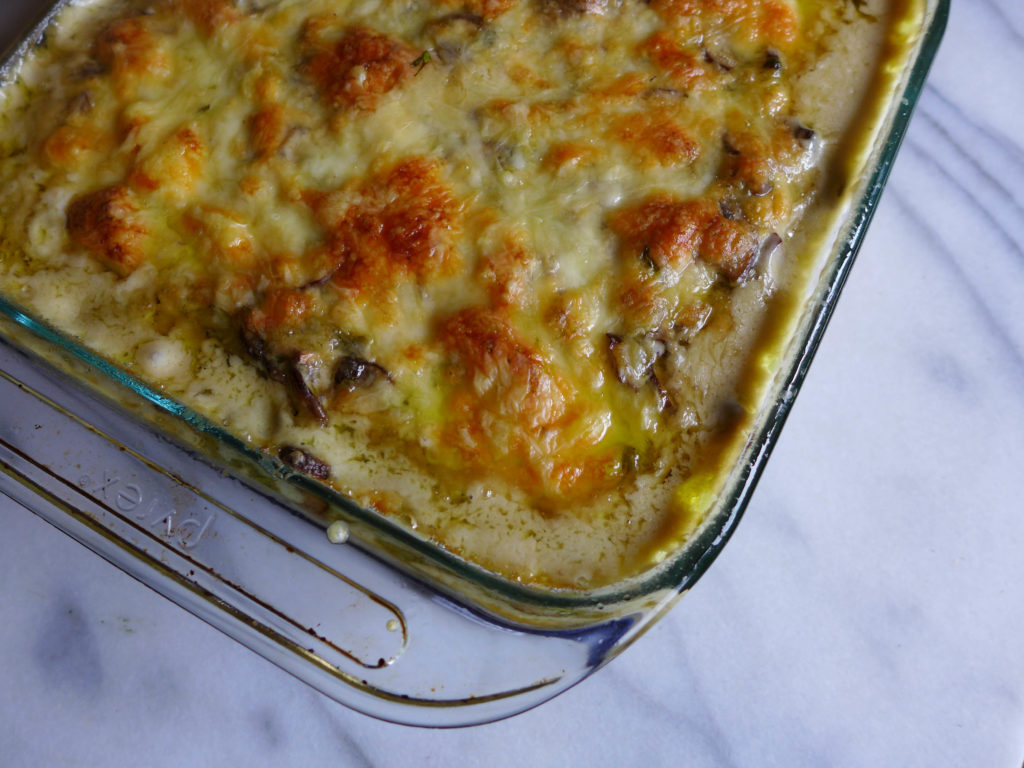
Why Start a Cookbook Club?
This article was the inspiration for our club, and really I couldn’t sum it up any better than that. Cookbook clubs bring a group of friends to share a delicious meal. From one potluck to the next, you get to go on whichever culinary adventure you want, from Thai to Italian to Middle Eastern to dishes from the American South. The potluck is the celebration of this communal experience.
Our potlucks start by everyone introducing themselves and the dish they brought. If you’re not careful, these introductions can drag out as guests go off on funny or painful tangents about what it took to put their dish together. Oftentimes, it’s no trouble at all, but other times there can be the adventure of finding the right ingredients or the tale of how a dish had to be made and re-made to get it just right.
After introductions, plates are passed, food is served, and everyone relaxes into conversation and a good meal. And really, every time, the meals are delicious!
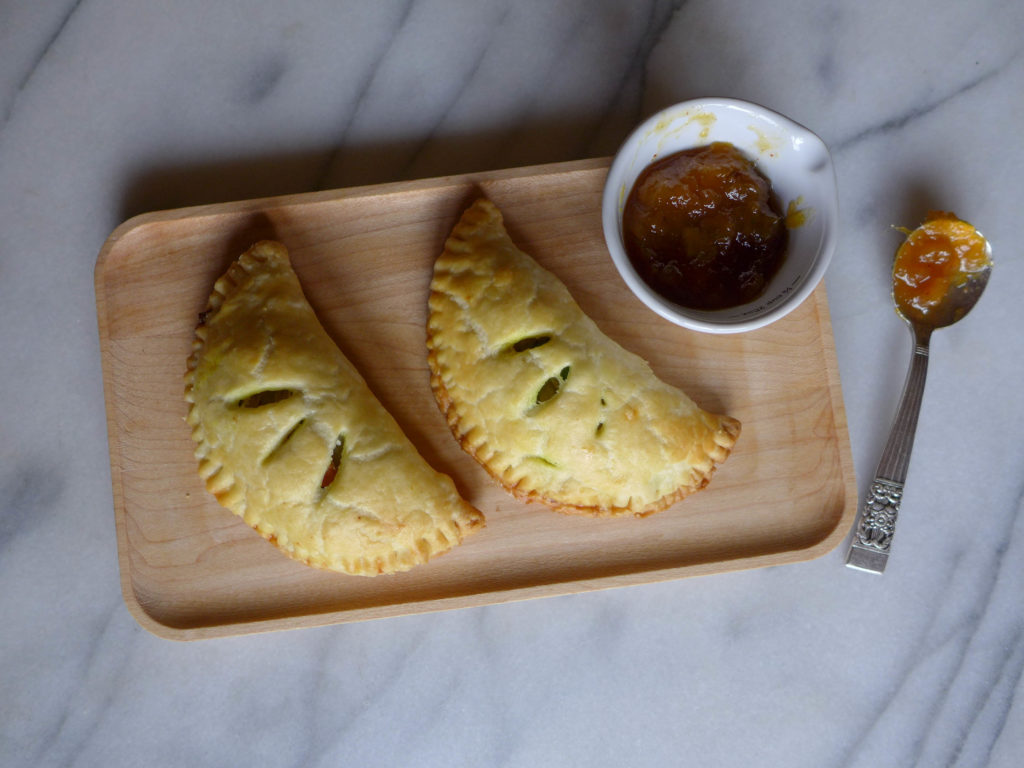
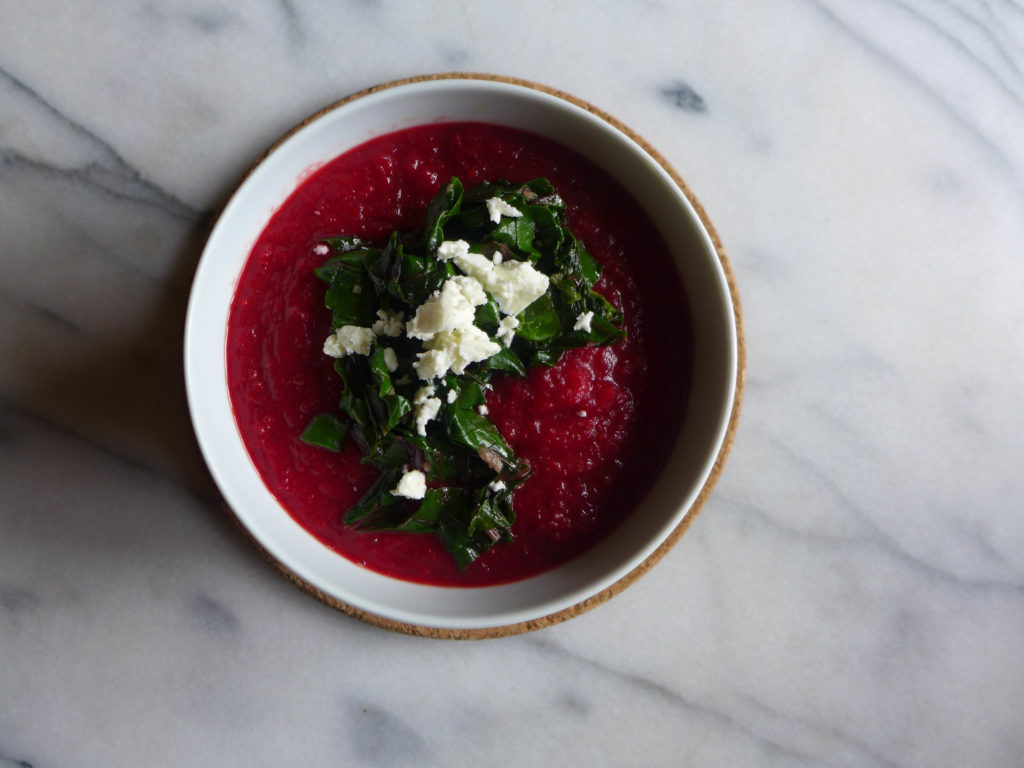
What Hosting Entails
If you’re thinking about starting a cookbook club, it’s likely that you’ll also offer to be the first to host. Pick a time, date, and book.
Send out invites to your friends, and encourage them to invite others that may be interested. We’ve found 8-12 guests to be a great number, but you may have to work up to that as you slowly get the word out, don’t be deterred.
On the day of, there’s the usual straightening up of the house. Then do a few things to prepare for hosting a potluck. Prepare your table for the food, including trivets for hot dishes. Put out a pile of plates,silverware, napkins, and extra serving utensils. Prepare a drink station with the beverages, ice, and glasses. Put out hotpads and make your oven and stove available for any guests that may have to keep a dish warm. Make it easy for guests to help themselves so that you can focus on welcoming everyone and taking care of any last minute details.
As the guests arrive, start serving drinks. Once all of the dishes are on the table, start the introductions. Start with a short welcome, introduce yourself and your dish, and then go around the table having each guest do the same.
After introductions, let the guests help themselves to the food.
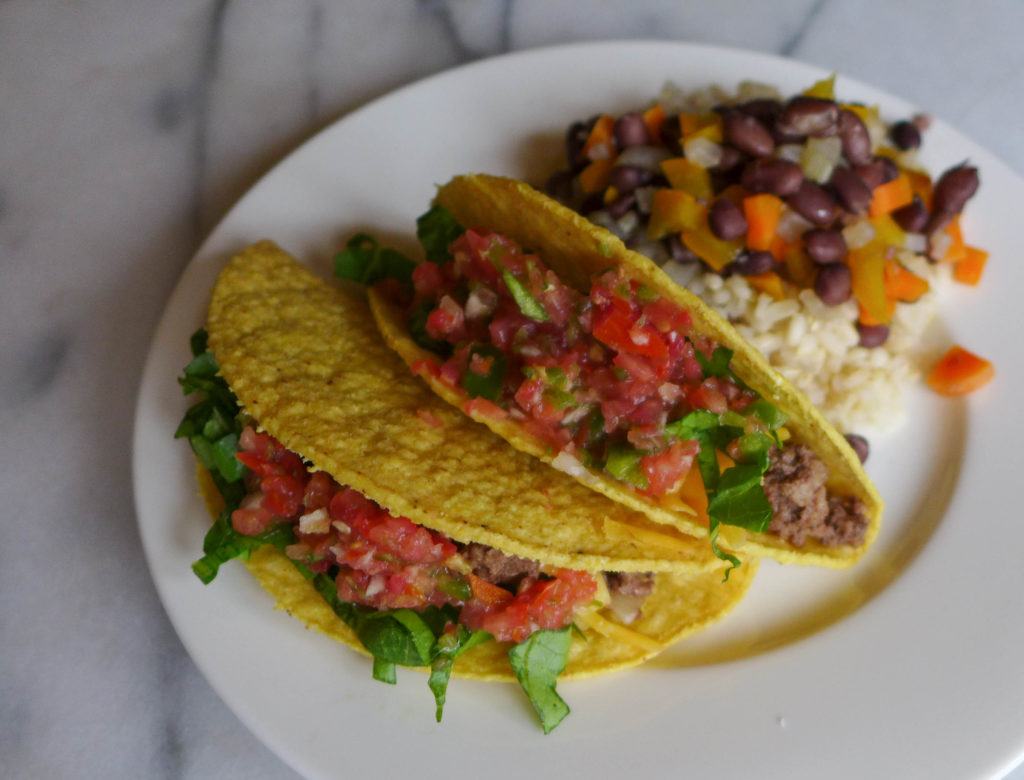
Planning Subsequent Events
When the group I’m in started, it was small enough that all communication could be done by email. But after a while, that got a bit cumbersome, especially if a conversation got started and you were 20 emails behind. Eventually we moved to Google Groups, but for one reason or another, that was also hard for some members to navigate. Now we use a private Facebook group for communication.
Facebook works well for our purposes. We can use the poll option to pick dates, and sometimes hosts have used polls to help decide which cookbook to use. Once you have a date, it’s easy to create an “event” within the group where you can put pertinent details for that particular potluck.
To keep track of who is bringing which dish from the book, we use a Google spreadsheet, and keep it “pinned” to the top of the Facebook group’s feed. In that document, we have a different sheet for each potluck. Anyone attending includes their name, the dish they plan on making, and what category of food it is (main, side, dessert, vegetarian, etc.). This helps the host with knowing how many people to expect, and makes it easy for all guests to help round-out the variety of dishes. We’ve never had a problem with having an unbalanced meal; usually there’s a nice ratio of mains to sides plus a few desserts.
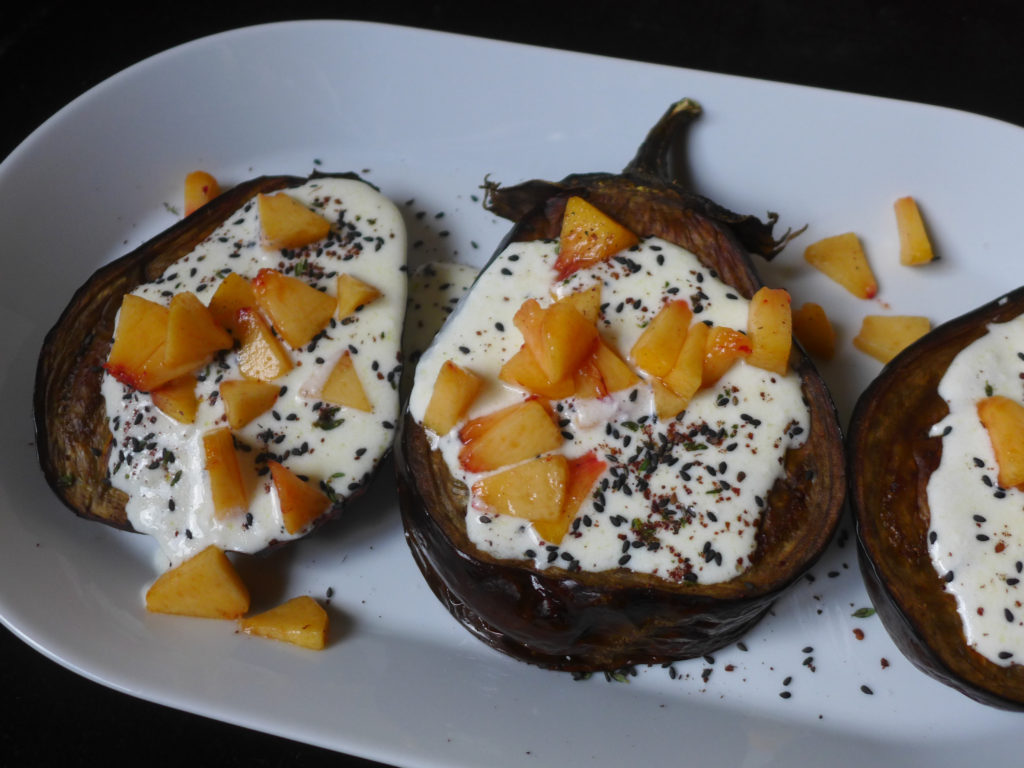
Cookbook Suggestions
Sometimes the hardest aspect of this club is picking out the next book! I like to follow a few food-related blogs in an effort to keep on top of what’s coming out when looking for new releases.
When picking a book, be aware that not everyone in the club may want to buy it. It’s nice if the book is available in your local library or if enough members have the book so that you can pass it around before the event. Another thing we sometimes do is pick a book by a food writer who also has a blog, then allow people in the group to choose recipes from the book or the blog.
Below are a few suggestions for books, and I include a note when the author also has a blog. If you have any books that you would add to our list, please let me know!
*The photos throughout this post came from my Farm Share series, where you can find loads of meal inspiration!
